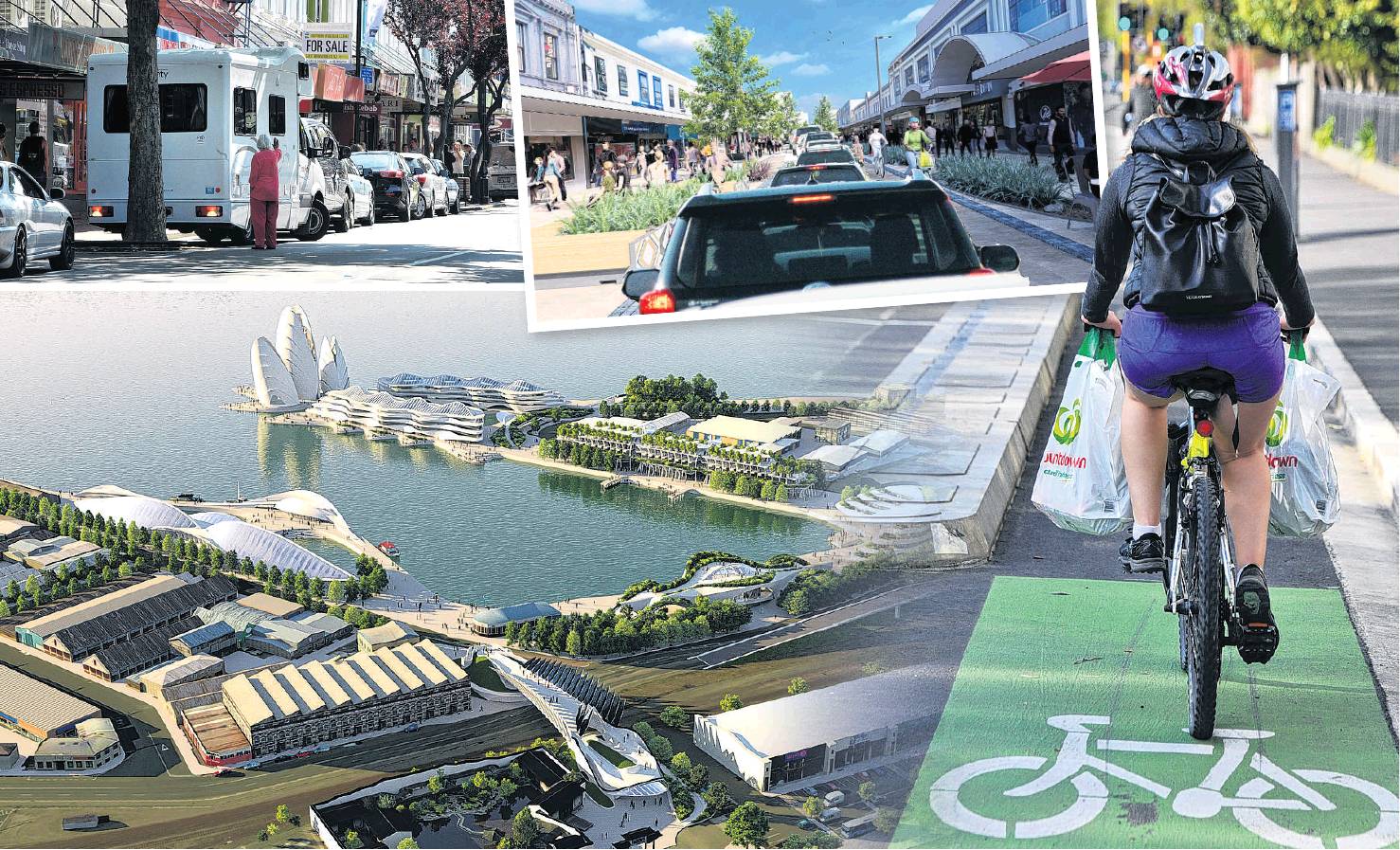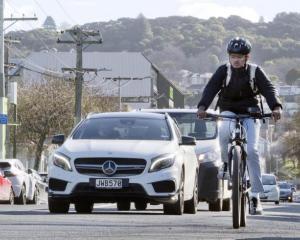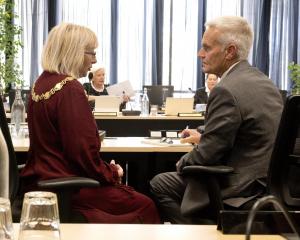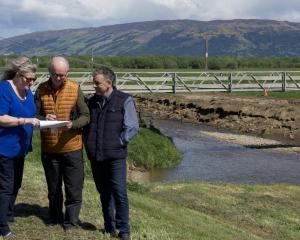
Car parks or cycleways? Waterfront development or managed retreat? Just what should the future of Dunedin look like? As part of a series exploring key issues facing voters in the South’s local body elections, city council reporter Chris Morris questions Dunedin’s mayoral contenders on city development.
The demand for more housing in Dunedin, and the ability to manage the inconveniences that come with growth, are emerging as key development issues facing the city's next mayor.
But whoever heads the next council will also have to juggle the demand for new - and renewed - infrastructure across the city, Dunedin's mayoral contenders say.
Cr Christine Garey said the challenges of managing growth in Dunedin would be "huge" for the next council, and would manifest itself in many ways - from parking and traffic congestion to juggling the timing of major projects and ensuring the city's workforce was up to the construction task ahead.
She wanted to see more action on the looming housing shortage in the city, beginning with more in-fill development within underused buildings around the city.
But what could be seen as a major headache for some was also an opportunity, and Cr Garey said she was a "glass-half-full kind of person".
"This is such a positive time for this city. We've got such a bright future. But we've got to keep our eye on the ball and we've got to address those challenges," she said.

The challenges, according to Cr Jim O'Malley, included ensuring the city had the industrial capacity to do what was required - from building housing to the city's new hospital.
He wanted to see the city building up as well as out, meaning more inner-city living - in new and repurposed buildings - to encourage vibrancy and take the pressure off the city's transport network.
The council also needed to ensure the city was an attractive place to live, which would encourage more people to move here, start businesses and create jobs, he said.
For that reason, he supported the council's efforts to act as a "catalyst" for waterfront development, although he would be "just as happy" to see a park on the harbour edge as buildings.
Cr Aaron Hawkins said the realities of a growing city made housing affordability more of a challenge than previously in Dunedin, and planning for future residential development would be a "fairly critical" issue for the next council.
That would centre on where the council invested in new roads, pipes and other infrastructure needed to cater for greenfield residential sites.
However, in-fill development within the inner city could tap into existing infrastructure and reduce the cost to the council, he said.
In-fill development would also provide a boost for CBD businesses, take the pressure off parking and encourage more people to walk, cycle or take buses, in turn helping the city's carbon net-zero efforts.
Cr Andrew Whiley agreed housing was a "huge" issue facing the city, as not enough houses were being built to cater for demand.
The council needed to do more to release land for development, or else rising land and housing costs would erode the city's advantage as an affordable centre for businesses to set up.
"That's going to restrict job growth," he said.
He also wanted to see more emphasis on parking, including encouraging the private sector to invest in a new parking building.
"You can have all the free buses you like but it's not going to work. People have lives."
He was also in favour of waterfront development, saying it would unlock much larger private investment, but wanted a smaller spend on the central city upgrade.
Cr Rachel Elder wanted to see more emphasis on new infrastructure, particularly to cater for new housing, and also changes to the second generation district plan (2GP) to open up new land for housing.
She was also in favour of the waterfront plan, as well as investment in community spaces elsewhere, but said ambitions might need to be scaled back depending on how much money came from the Provincial Growth Fund.
Among candidates from outside the council, only Scout Barbour-Evans was vehemently in favour of the council's spending plans.
Carmen Houlahan said infrastructure and housing should be the priority, rather than the pedestrianisation of George St, while Richard Seager supported the central city upgrade but not the waterfront plan, and argued the low-lying location of the new hospital was "insane".
Malcolm Moncrief-Spittle wanted to find space for new car parks, but would support changes to George St if the public did, while Bob Barlin supported waterfront development but wanted a cheaper bridge.
Mandy Mayhem-Bullock said the George St and waterfront development plans should be low priorities, and the focus should be on investing in social and climate-resilient housing and releasing more land for development.
Jules Radich wanted sand groynes and pumps to protect South Dunedin and more in-fill development to encourage inner-city housing. He opposed pedestrianisation and lost parking and argued cycle lanes should be removed if they were not used.
Cr Lee Vandervis and Finn Campbell did not respond to requests for comment.
Comments
What growth? Census results revealed that Dunedin is still a low growth place, rate of change similar to what it was at time of Census 2013, while most of New Zealand accelerated significantly i.e. compared to that Dunedin's growth deteriorated in real numbers.
This growth mantra is annoying and seems like brainwashing merely to justify city council's appetite for rates increases.
Census results were unreliable. Go forward with the old town. No backwater.
Dunedin has a very, very modest rate of growth compared to the New Zealand average. Who are these new inhabitants that don't show up in the figures produced by any credible source? Perhaps they're the fairies who sprinkle the magic dust that turns this year's $8m loss from from the Dunedin Stadium into the profit that was reported by the ODT?
It really is about time our politicians started talking about the real Dunedin, not the one created in their own fantasy world for the benefit of a gullible public.











